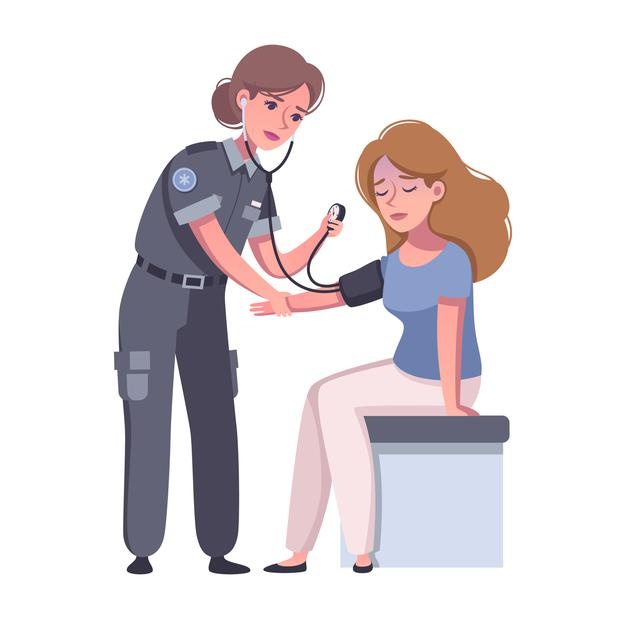An abdominal aortic aneurysm refers to the enlarged area in the major vessel’s lower part that works to supply blood to your body (aorta). The aorta runs from the area of your heart through the abdomen and chest center. It is the largest blood vessel present in your body.
If an abdominal aortic aneurysm becomes ruptured, it leads to bleeding that can be life-threatening. Treatment is associated with the size of an aneurysm. Your doctor can recommend surgery if it becomes complicated.
Symptoms
The growth of abdominal aortic aneurysms is slow. An individual with this problem may not have noticeable symptoms. It makes this disease difficult to diagnose. Aneurysms do not rupture in some cases.
Many abdominal aortic aneurysms develop in small sizes and do not grow in size. Their size remains the same. You may have back pain, a pulse near the area of the belly button, and continuous pain in the belly area or its side with an abdominal aortic aneurysm.
You need to seek immediate medical attention if you get sudden or severe pain. Never ignore this condition because it can be life-threatening later on.
Causes
Mostly, an abdominal aortic aneurysm develops in the part of the aorta that is present in the area of your belly. There are different things that play a role in abdominal aortic aneurysms. These things are given below.
- Atherosclerosis: It is the hardening of your arteries. It can occur when certain substances and fats start building up in the lining of your blood vessels.
- High Blood Pressure: It can make the wall of the aorta weak and cause damage to it.
- Infections In The Area Of Aorta: A bacterial or fungal infection can cause the symptoms of the abdominal aortic aneurysm but this case is rare.
- Trauma: Any trauma like injury from a car accident can lead to an abdominal aortic aneurysm.
Risk Factors
There are certain risk factors that enhance your chances of developing an abdominal aortic aneurysm. These risk factors induce:
- Tobacco Use: We all know that tobacco use is harmful to health. Smoking enhances the risk of getting an abdominal aortic aneurysm. It makes your aorta walls weak and increases the risk of rupture to the aneurysm. The more people smoke or chew tobacco, the more they are vulnerable to developing an abdominal aortic aneurysm.
- Age: People who are above 65 years are at risk of developing an abdominal aortic aneurysm.
- Being Male: Chances of getting an abdominal aortic aneurysm are higher in males as compared to females.
- Being White: Individuals who are white are at greater risk of getting an abdominal aortic aneurysm.
- Family History: If you have a family history of any disease or disorder, it means you are at higher risk of developing that certain disease or disorder. Similar is the case with abdominal aortic aneurysm. If anyone in your family has an abdominal aortic aneurysm then you are at risk of getting this problem.
- Other Aneurysms: If you have an aneurysm at another large blood vessel such as the aorta in the chest or artery behind the area of the knee, you are at risk of getting an abdominal aortic aneurysm.
Your doctor can recommend certain other measures if you are at risk of getting an abdominal aortic aneurysm. Moreover, he or she might recommend medications in order to lower the level of your blood pressure.
You can get medications from your doctor to relieve stress on the areas of arteries that are weak. Never ignore the symptoms of an abdominal aortic aneurysm if you don’t want to get complications later on.
Complications
The main complications of the abdominal aortic aneurysm are tears in the layers of the aorta and the ruptured aneurysm. A rupture can lead to internal bleeding that is life-threatening. The risk of rupture becomes greater as the size and growth of the aneurysm increases.
Symptoms that aortic aneurysm may have a rupture include fast pulse and low blood pressure. An individual can also have severe and persistent back and abdominal pain which can be explained as the sensation of tearing. Aortic aneurysms enhance the risk of getting blood clots.
We recommend you get timely treatment for abdominal aortic aneurysm. It can make you vulnerable to get serious complications later, one that can be irreversible and life-threatening if you ignore it.

